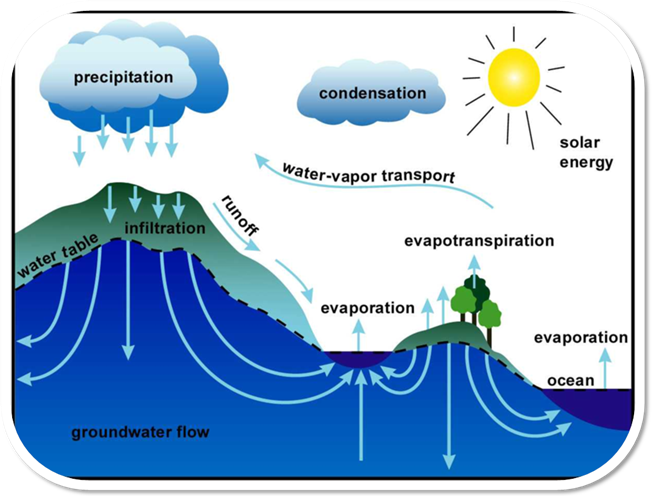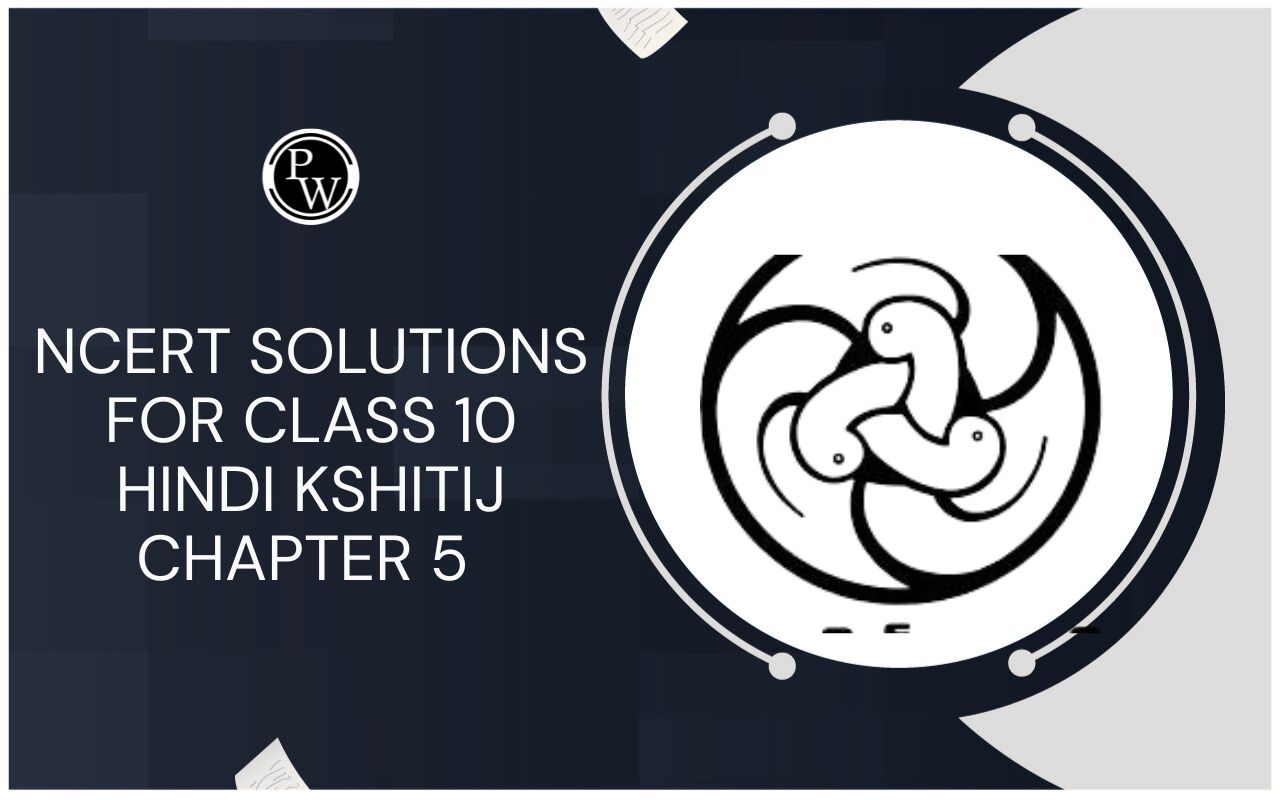
Water Cycle
Water of Class 7
The water from the oceans and surface of the earth evaporates and rises up in the air. It cools and condenses to form clouds and then falls back to the earth as rain, snow or hail. This circulation of water between the oceans and land is called water cycle.
In the water cycle, water is found in three different forms as solid, liquid and gas.
- The solid forms of water are ice, and snow is found as ice caps at the poles and snow covered mountains and glaciers.
- The liquid form of water is found in oceans, lakes, rivers and as underground water.
- The gaseous form of water is found as water vapor in the air around us.

Stages involved in a complete water cycle
- Stage I: Evaporation and Transpiration sun energy warms lakes, rivers, seas, swamps, and other water sources and raises the water temperature. As a result, some water evaporates like air from the air. The rising air currents carry vapor up into the sky. At the same time, plants and trees are losing water in the atmosphere like evaporation.
- Stage II: Condensation: As the vapor rises higher, the cooler temperatures cool it and turn it into condensation liquid. Wind and air currents trickle down to the surface, leading to clouds forming.
- Stage III: Precipitation Air movement causes cloud particles to collide. As they form water, they grow into clouds that carry rain and return to the earth through a process known as rain. This can happen in the form of rain, hail, snow, or ice, depending on the temperature.
- Stage IV: Runoff and Infiltration Rainwater seeps into the sea, rivers, and surface or is absorbed into the ground (infiltration).
Frequently Asked Question (FAQs)
Q1. What do you mean by Water Cycle?
Ans. The water cycle, known as the hydrologic cycle, is the continuous movement of water from the earth's surface to the atmosphere and back again to earth. It is an ongoing process. Therefore, it has no beginning or end point.
Q2. What are the different stages of the water cycle?
Ans. The different stages of the water cycle are:
- Evaporation and Transpiration
- Condensation
- Precipitation
- Runoff and Infiltration
Q3. What is Evaporation?
Ans. It is a process in which a liquid evaporates even under its boiling point. It is the first phase of the water cycle and is often used as a separator.
Q4. What is Condensation?
Ans. It is a process in which a liquid evaporates even under its boiling point. It is the first phase of the water cycle and is often used as a separator.
Q5. What is Infilteration?
Ans. It is the final stage of the water cycle. In it, rainwater absorbs the soil, using the soil and beneath the rock layers.
Related Topics






